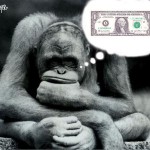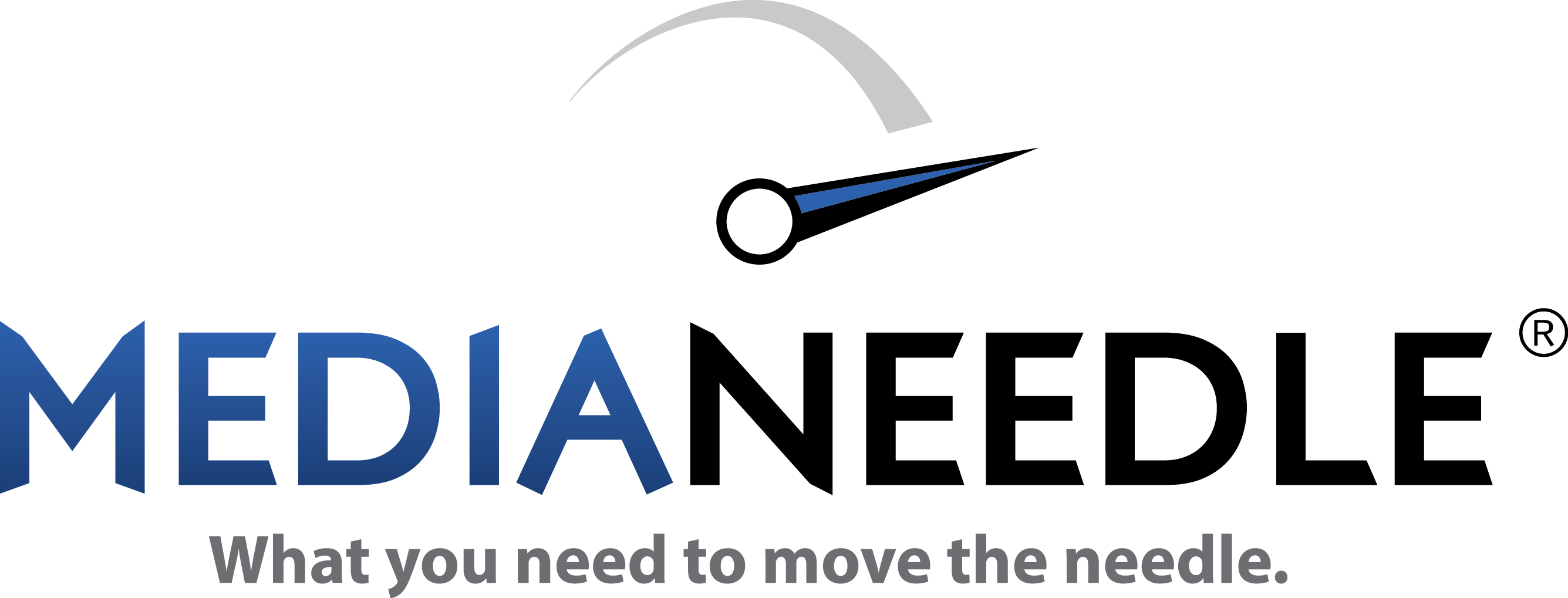ROE the new ROI
 Social media has become part of our life. Today, pretty much everyone is using some form of it. Every local store, cafe, club and event has a Facebook page. Every brand has a Twitter account and every white paper ever written has been turned into a SlideShare presentation, for some self-proclaimed thought leader in a Linkedin group to share.
Social media has become part of our life. Today, pretty much everyone is using some form of it. Every local store, cafe, club and event has a Facebook page. Every brand has a Twitter account and every white paper ever written has been turned into a SlideShare presentation, for some self-proclaimed thought leader in a Linkedin group to share.
In this completely connected, totally viral, absolutely transparent, geo-targeted, digital world we live and work in… you have to be social. But how do you justify the time and expense it takes to maintain that presence?
Now that social media has passed the point of “why do I need it” to “what do I do with it” the quest to determine the ROI of social media has become more complex.
Since you are asking people to put numeric quantities around human interactions and conversations, which are difficult to quantify, trying to determine the exact return on your investment is not easy and in the long run, may not a good idea. To really understand the impact of social media and social technology on an event, promotion, brand awareness or even product sales, people need to measure the “ROE” … return on engagement.
At Medial Needle, we have been finding valuable “returns” manifesting themselves in ways not always anticipated at the onset as a result of our marketing efforts. More and more, we’ve come to see these unexpected fruits and proverbial rewards only appear because social media was strategically integrated into a marketing agenda.
For example, Media Needle recently executed a food campaign outreach program. While servicing a very small, archaic and insular cooking listserv, we uncovered a hive of influential webmasters; each with robust email lists and social media profiles. So what at first appeared initially to be a seemingly insignificant target community mushroomed into one of the campaigns top case studies. Clearly social media bears the markings of what we once more readily called “viral marketing”. Another campaign had us establish a quality dialog with a key target community. Despite a lull in activity on the client’s end, we maintained the relationship. Six months later, the two partnered successfully for a robust promotion. Anticipating these in conventional ROI terms, especially at the onset of the campaigns would have been impossible.
Thinking about social media in terms of a simple bottom line number puts the whole thing on an old school path of problems and risks, missing great opportunities. Essentially, you have to stop relying solely on the numbers. With social media the trick is to focus on what your numbers end up leading to. ROI is an effect of quality ROE.
If your goal is to participate in the conversation, to enhance your relationship with your audience and become a trusted member of the community that surrounds your brand; then your ROE has been set into motion. Once you’ve paved this foundation, the more conventional ROI models of sales, registrations, new followers and fans etc. will begin to kick-in, proving the benefits of a well-engaged social media agenda versus a dry and uninspired one.
Finally, ROE like everything else social media related, has a variety of definitions. Here are two good ones: We wish to cite Jason Falls’ here http://www.socialmediaexplorer.com/2008/10/28/what-is-the-roi-for-social-media/
Sarah Evans’ different but complimentary tome here: http://prsarahevans.com/2009/05/15-ways-to-measure-return-on-engagement-roe-of-social-media/ as a valuable point of reference.




Very true! It’s digital Goodwill:
“Goodwill as a term was originally used to reflect the fact that an ongoing business had some “prudent value” beyond its assets, such as the reputation the firm enjoyed with its clients.”
http://en.wikipedia.org/wiki/Goodwill_(accounting)
Thanks and agreed Alex! Although intangible, it counts big time.